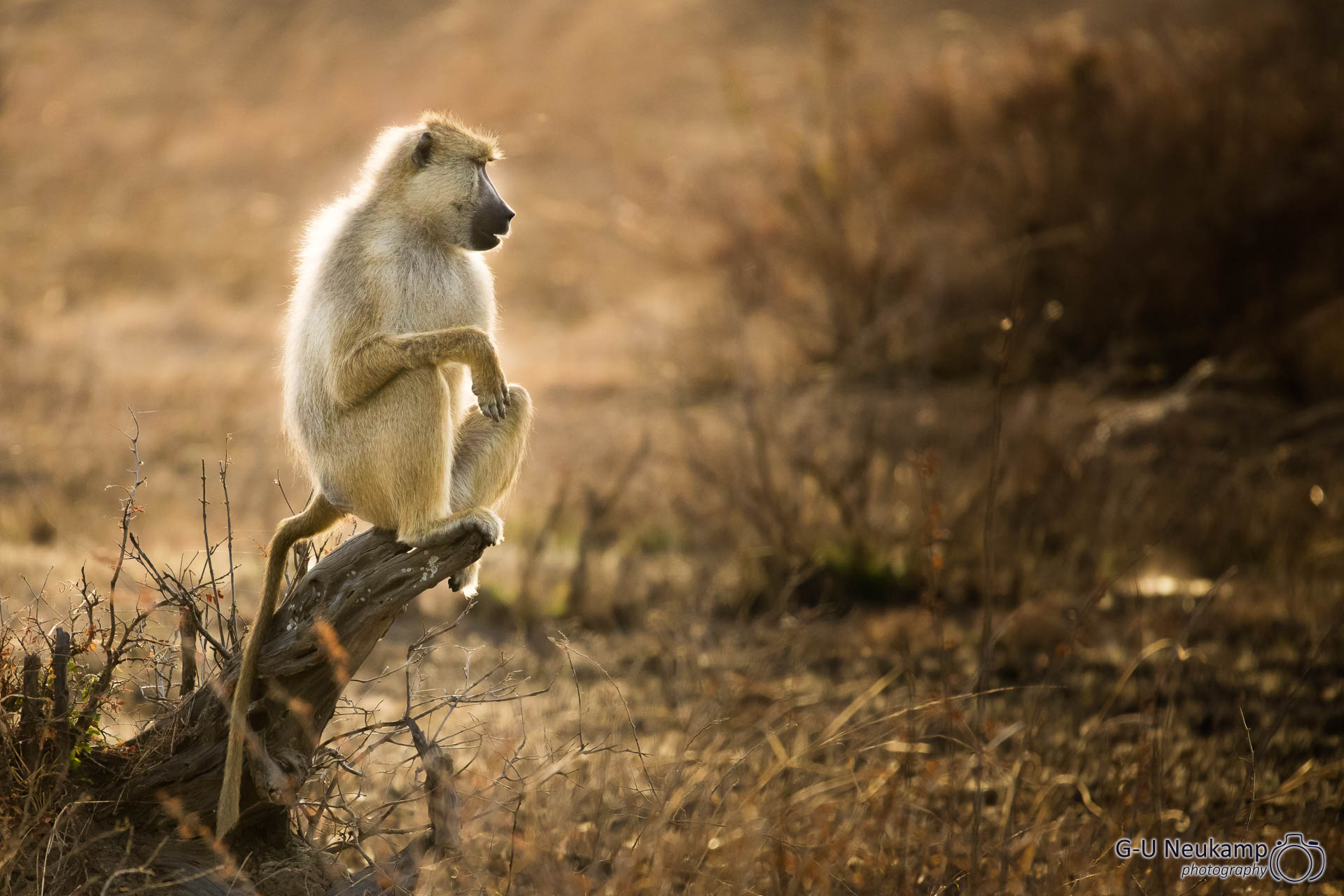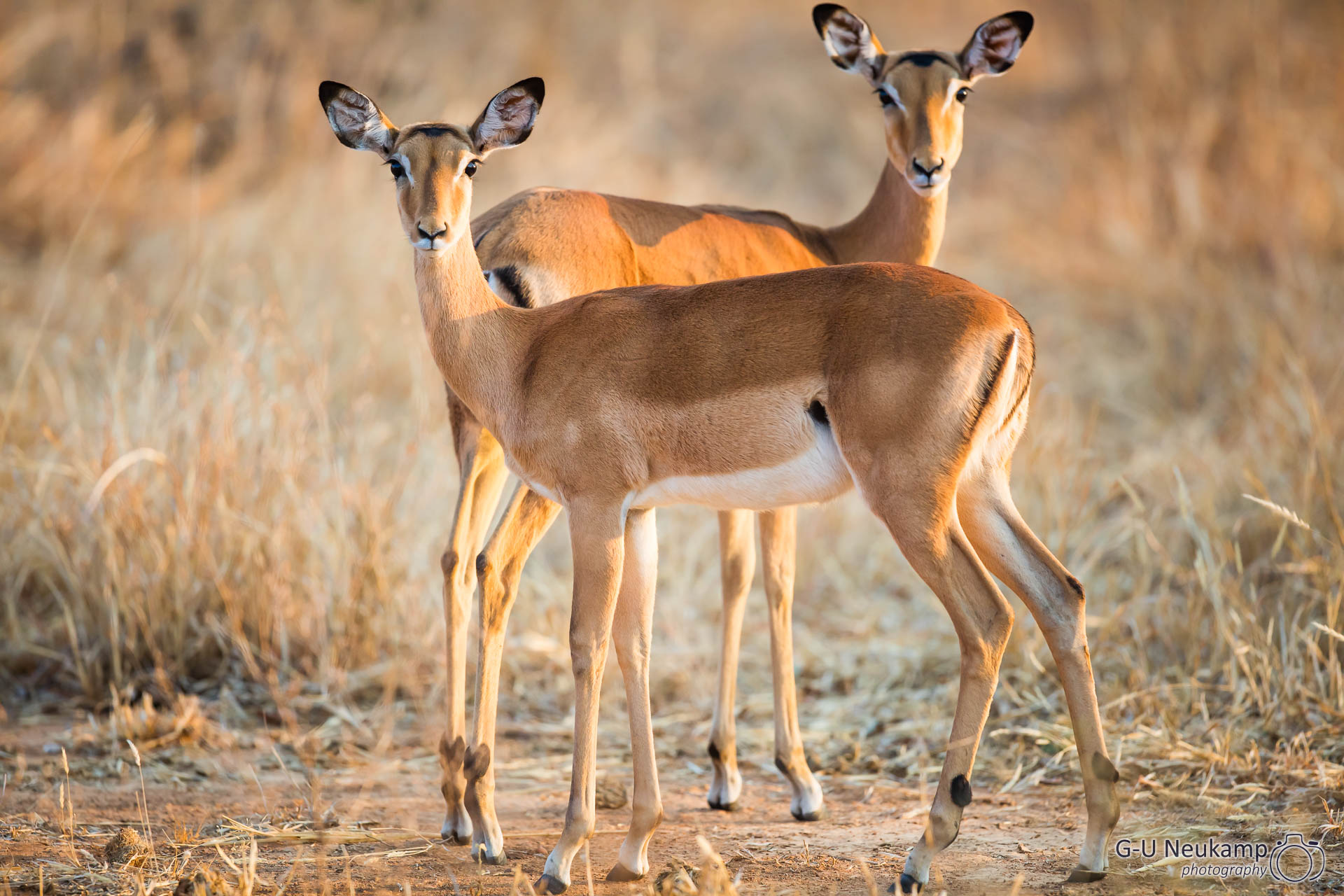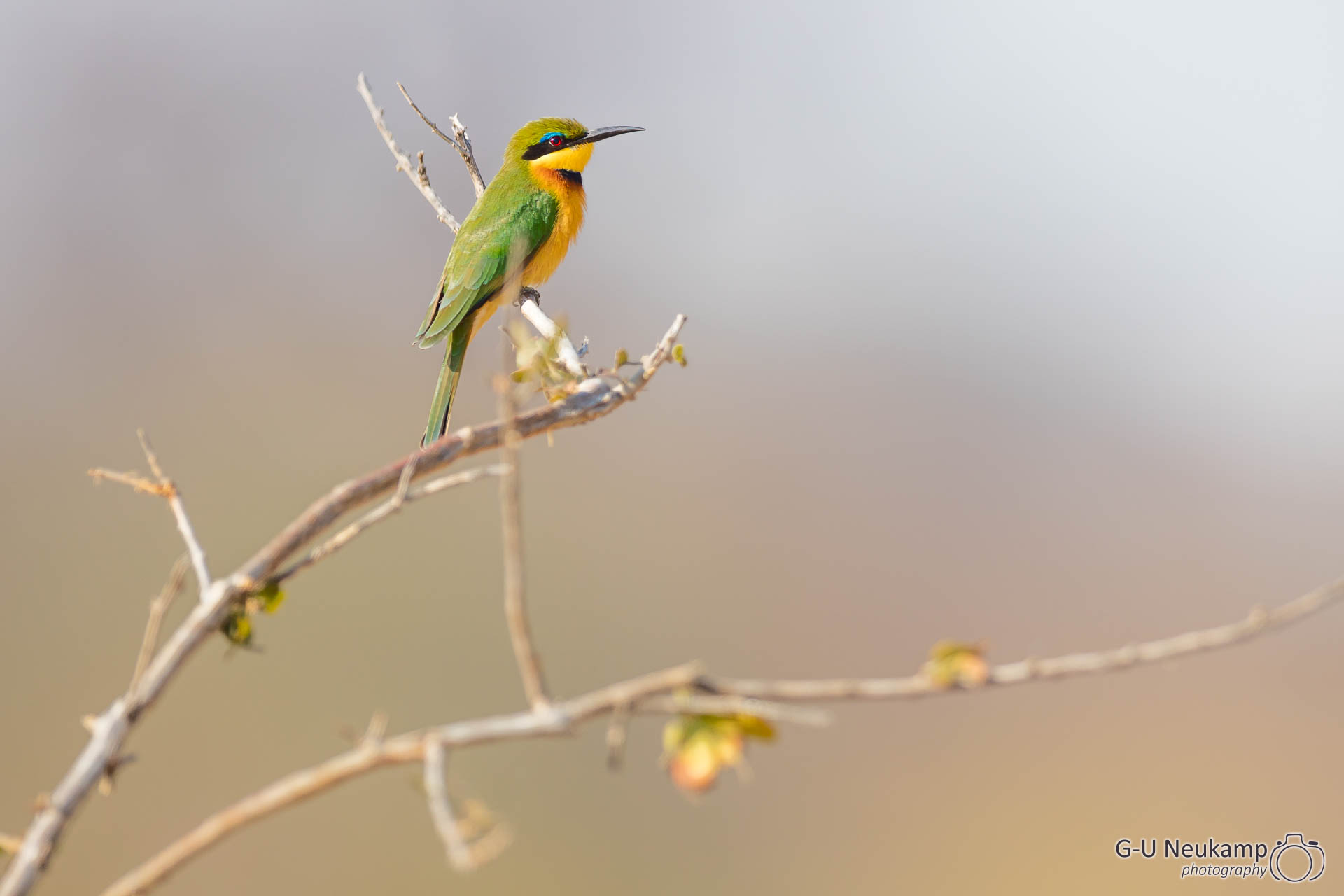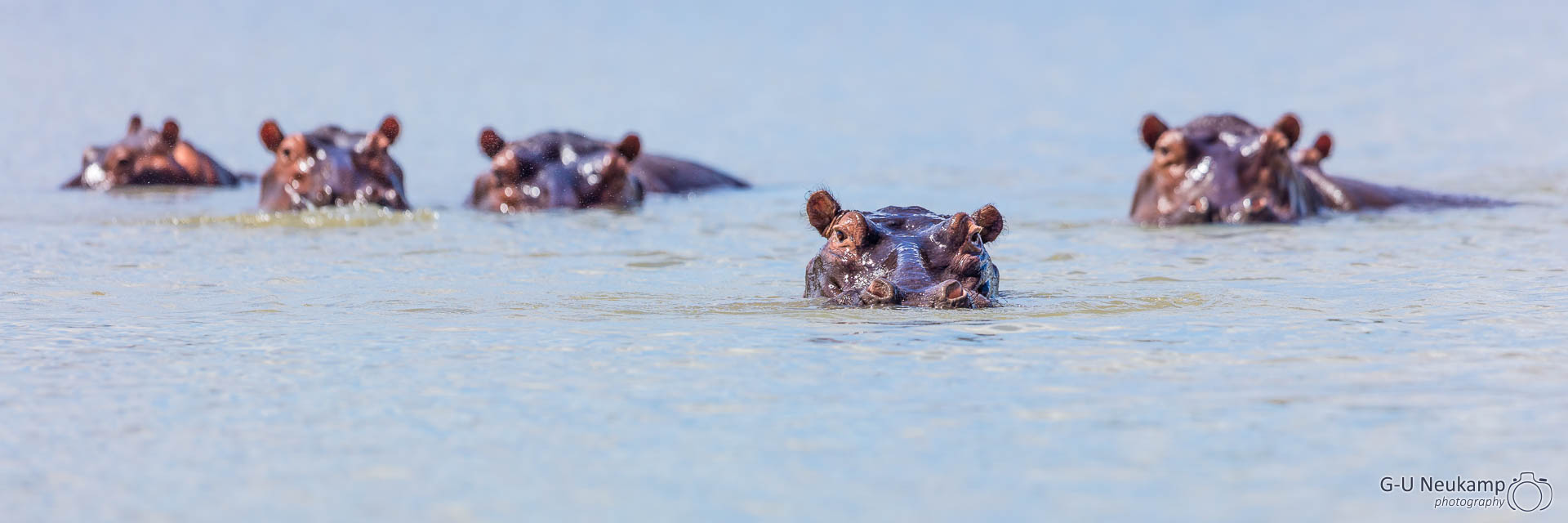
Relatively spontaneously we decided this year to visit southern Tanzania, the so-called “Southern Circuit”. Unfortunately we only had 2 weeks vacation this time, so we booked an 11-day safari. We, that were this year my wife, my 15 years old daughter Luise and me. We booked the trip again individually with our own safari car and driver/guide via Sunworld Safaris in the approved manner and again everything worked out perfectly - thank you very much, Mr. Nowak!
August 8th 2016 - Düsseldorf to Dar es Salaam
This year we flew with Swiss via Zurich to Dar es Salaam (the locals only say Dar) and arrived there at 21:05 local time. In Dar we were welcomed by our guide, Rajabu, who accompanied us the whole tour competently and always friendly, after very slow completion of the immigration paperwork (about 1 1/2 hours). We spent the night in Dar es Salaam at the Holiday Inn and the next morning we left at 7:30am in our Toyota Landcruiser with Rajabu to our first destination, the Mikumi National Park.

Although the distance was only about 280km, the trip lasted until the early afternoon. The roads are very bad, the truck traffic is slow, the speed limit is 80kmh and this has always been respected since the new government has been strictly controlling speed violations.
August 9th to 10th - Mikumi Nationalpark
The Mikumi National Park was founded in 1964. With an area of 3230 km² it is the fourth largest national park in Tanzania. The park is located in the north-west of the Selous Game Reserve and forms with it an ecosystem of almost 60,000 km². We were accommodated for two nights in Stanley’s Kopje Camp. The camp is beautifully situated on a rocky hill and has 12 tents which are arranged in a circle around the hill. The main building with restaurant, bar and pool is right on top of the hill with a beautiful panoramic view over the surrounding plains.

We stayed in our tent there

and did our first late afternoon gamedrive with Rajabu. We saw several groups of elephants, wildebeests, warthogs and a very beautiful sunset.












On the second day of our stay, after a very good breakfast, we undertook a full day game drive. This time we watched a group of lions, several antelopes, many birds and in the evening we had again a very beautiful sunset. Lunch was served from a lunch box at a picnic area under a spectacular baobab tree. In the afternoon we also discovered a young leopard on a tree - unfortunately too far away for pleasant photos.
August 11th to 13th - Ruaha Nationalpark
After a very early breakfast in the morning of August 11th, we went on to our next stop, the Ruaha National Park. Again it was a very long drive of more than 400km, so we arrived at our lodge in the late afternoon.
The Ruaha National Park is with an area of about 20,226 km² the largest national park in Tanzania and in the whole of Eastern Africa since an extension in 2008 and even surpasses the Serengeti National Park in size. It lies in the course of the great African rift valley. We spent 3 nights here in the Ruaha River Lodge. This lodge with its 24 guest houses (in Swahili “Banda”) is located directly at the Great Ruaha River. From the terrace of our Banda we could look directly at the river and observe the local wildlife. From time to time groups of elephants roamed through the whole lodge area.

The next morning we started already before sunrise with packed breakfast. After a beautiful sunrise over the Ruaha River we discovered among other things a pair of lions in the “Honeymoon”, which we met again in the afternoon on the second tour. On the third day we drove to a hippo pool, when Rajabu suddenly stopped at full speed and whispered “Leopard”. Actually there was a leopard standing in the grass about 4m next to our vehicle, which was staring at us irritated. After a few seconds it continued its way, crossed the track behind the car and disappeared again on the other side in the high grass. But thanks to the safari rule “always be prepared” the camera was ready and some nice photos could be taken. Apart from that we saw some elephants, jackals, various antelopes and many birds. The landscape in Ruaha National Park is very varying.












August 14th - Udzungwa
In the early morning we went on after breakfast. Once again the tour was very long (about 420km) and the last route was also very bad, so that we did not arrive at Udzungwa Falls Lodge until late afternoon. Unfortunately too late to visit the park itself. Normally you can do guided hikes to the Udzungwa Falls, which gave the lodge its name, but unfortunately we didn’t have the time because on the next day we had another long tour into the Selous waiting for us. If you want to do the hikes, you should definitely plan 2 nights here.
The lodge itself is nicely situated in the mountains, the rooms in small separate houses are okay. But unfortunately we had problems with the water here: first we only had cold water, the next morning it was completely gone. The food in the restaurant was very good, but the staff seemed to be a little overstrained - although there were only very few guests.
August 15th to 17th - Selous Game Reserve
Early in the morning after breakfast we started for another drive. Again the journey took very long. We reached Matambwe Gate, the access to the Selous Game Reserve, in the late afternoon. From here we had another 74km to drive to our camp, the Rufiji River Camp.

The Selous Game Reserve covers more than 50,000 square kilometres (larger than Switzerland) and stretches across several regions of Tanzania, covering about five percent of the country’s total territory. It has been a UNESCO World Natural Heritage Site since 1982 and is the largest controlled game reserve in Africa. About one tenth of the area north of the Rufiji River up to the TAZARA railway line is open for photo safaris and ecotourism. The remaining part is still used for regulated big game hunting.
Rufiji River Camp, as the name suggests, is located directly on the Rufiji River with less than 20 tents. But the term “tent” does not do justice to what is offered here: The tents have a size of about 40 square meters with bathroom and toilet, hot and cold running water and are located under a big bamboo roof. In front of the tent there is a terrace, next to the tent there is another terrasse with a lounge seating area.

The central building with restaurant, bar and a large terrace overlooking the river with a fireplace is generously built of wood, typical for the country. After the late arrival we at first could not move into our tent number 3, because there was a group of elephants on the way, which were eating the bushes in peace. So we had to wait with a cool welcome drink until the group moved on.
Since it was already getting dark, we let the first evening at the campfire (“Bushman-TV”) end with a Gin-Tonic and afterwards a very good dinner.
The following morning after breakfast we booked a 5 hour boat safari on the Rufiji River. It was a great experience and we can highly recommend it. It is very impressive to be able to watch large groups of hippos and crocodiles up close and at eye level. We also had the chance to watch many birds such as herons, kingfishers, bee-eaters, storks…
After lunch we went on our first gamedrive with Rajabu. The following days we were again on the road and observed among other things several lion groups, various antelopes, giraffes, elephants, zebras and many birds at the lakes.
August 18th 2016 - Back to Dar es Salaam
Our last day in Tanzania came much too fast again. After a morning gamedrive we drove back to Dar at 11am and arrived there in the late afternoon. Our return flight started on schedule at 22:20 and after changing planes in Zurich we also landed on time in Düsseldorf the following morning. It was again a great time in Africa. But: after Africa is before Africa. The next trip there is already in planning once more.
Epilogue
It was another very nice trip, full of great moments. But what we underestimated were the enormous distances and the long driving times. It was a particular pity that we arrived in Udzungwa so late that we could not visit the park.
For a safari in southern Tanzania you should either have much more time or you should fly between the parks, which would be difficult to do with our photo equipment due to the weight restrictions of the small planes. In addition, you would have to get used to new guides in each camp. Again, we appreciated it very much to have Rajabu with us for the whole time. He was a very competent guide and adapted very fast to the wishes of his photo-crazy tourists.
The parks in the south were indeed much less frequented by tourists than the northern parks or the Kenyan parks, where sometimes (for example during a rivercrossing at the Mara River) 50 safari vehicles stood side by side. At the Gamedrives you rarely met other vehicles. This advantage, however, had the disadvantage that you had less animal sightings. In addition, the animals were much more shy, their escape distances longer than we were used to in the Serengeti and especially in the Masai Mara. In the Serengeti or Masai Mara, you can recognize interesting places already from a distance by the fact that there are several vehicles around.
The camps were all wonderful and very comfortable, the food tasted delicious.
Equipment
For the first time, I had the CANON EOS 5DS R with me on this trip. In addition, I also used the EOS7D Mk II and the Sony Alpha 7R with Metabones adapter. The Sony 7R was almost exclusively equipped with the Canon 16-35 f4L. With the other bodies, I mainly used the 400 f2.8L IS and the Sigma 150-600 f5.0-6.3 Sport lenses. Also available were the 70-200 f2.8L IS II, the 50mm f1.4 and the 1.4x and 2.0x converter. Spread over 3 backpacks, the equipment barely met the SWISS hand baggage limit of 8kg (well, not quite, but thank God the lady at the check-in in Düsseldorf turned a blind eye - the hand baggage was actually weighed).
The picture quality of the 5DS R is extremely impressive. So impressive, that I took about 80% of all pictures with it. The very high resolution allows during post-processing a significant cropping of an image without visible loss of quality. Even if a portrait format picture is cut out of a landscape photo, it still retains a resolution of 22 megapixels, which easily allows large format prints. In total, I took nearly 6000 photos this time.












